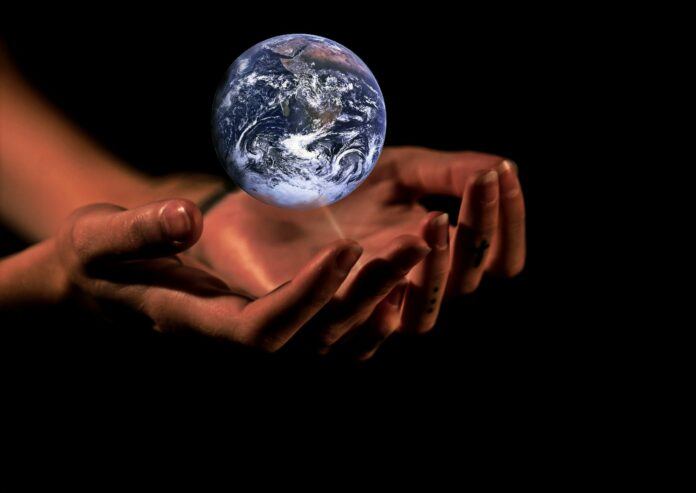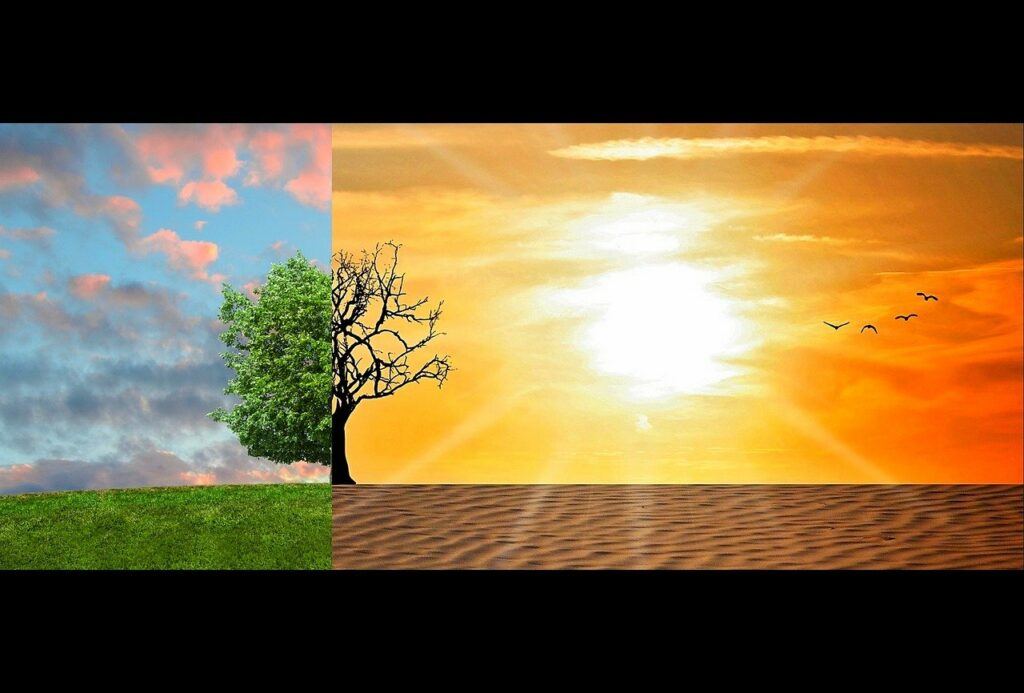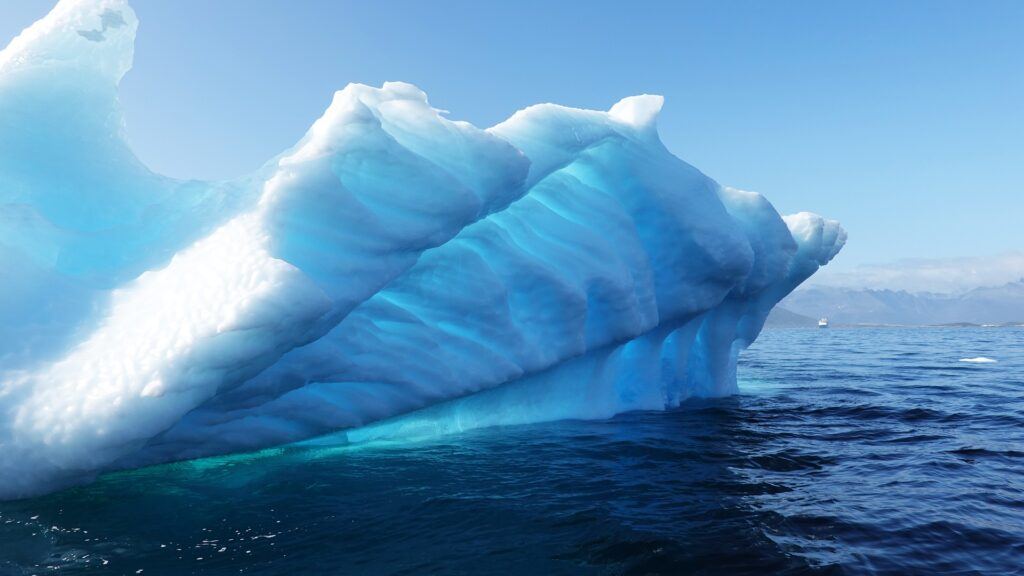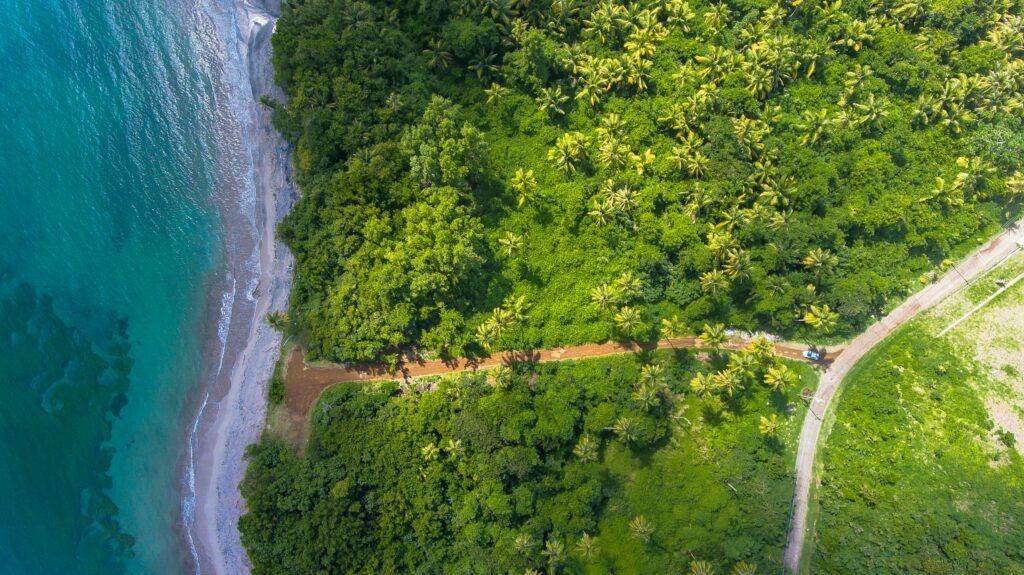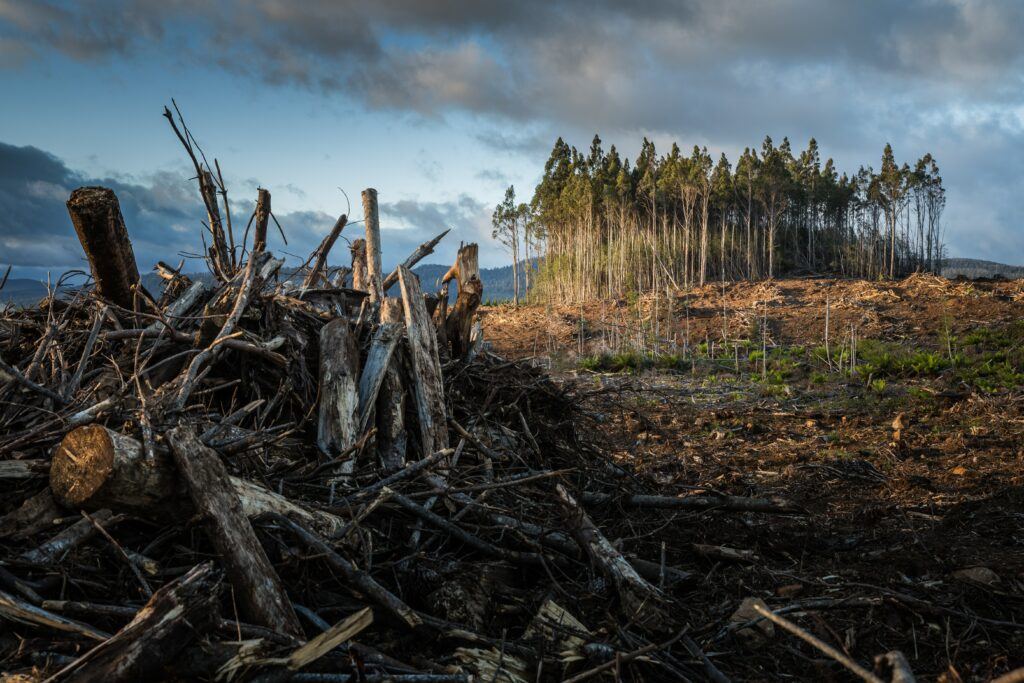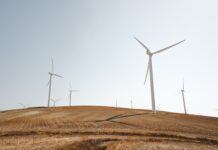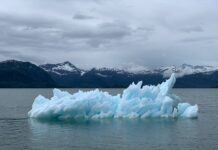To define climate, consider how frequently a particular type of weather will occur on average over a longer time. As a result of shifting climatic conditions, we can say that Climate Change has occurred. For a short time, the temperature or precipitation may increase or decrease.
However, the dry spells last longer. Change in climate is to be blamed for all of this, according to some. The most pressing issue of our day is the impact of change in the climate . We’ve arrived at a critical juncture in determining the fate of our planet. Change in the Climate and global warming are often used interchangeably.
As a result of the consequences we’re already seeing, though, the second option is chosen. Not only does the temperature matter. In some places, the seasons are shifting, while others are getting wetter or drier. Aside from that, the temperature can be lower in some places and seasons than we’re used to.
The following are some of the primary contributors to global warming:
Cement manufacturing and the production and application of fertilizers are among the industrial operations that contribute to meat and dairy products. In addition, greenhouse gasses are created. Heat is trapped in the atmosphere due to the presence of greenhouse gasses.
Over 2.2 trillion metric tons of carbon dioxide have been emitted into the atmosphere since the middle of the nineteenth century. According to the International Energy Agency, CO2 and methane emissions are the principal offenders in the current state of global Climate Change. Carbon dioxide emissions are primarily attributed to fossil fuel burning.
Climate change adverse effects:
In general, the earth is warming, but some locations and seasons can get a little respite. When it comes to specific events, we may make reasonable predictions regarding this impact on them. It’s more likely or more intense than it would have been otherwise.
Ice melts as the climate warms. If the planet continues to warm, the ice on the Arctic Ocean may be gone forever. In addition, the ice sheets of Greenland and Antarctica may become unstable in the future. This would cause vast ocean areas to melt, resulting in an increase in the amount of water in the sea.
The Sun’s rays are also reflected by ice, and therefore without ice, the ocean absorbs more heat. Thermal expansion refers to the fact that water expands when it gets hotter. This means that the ocean occupies more space, resulting in rising sea levels. By 2100, the sea level is anticipated to rise by about 26 to 53 centimeters, even if emissions are drastically reduced.
Rising global temperatures could also lead to the destruction of rainforests. To perish and the widespread extinction of species. It’s possible that some areas could witness long seasons, while other regions will get short, intense bursts of weather. Hurricanes, heatwaves, drought, wildfires, and floods are all examples of extreme weather. Intensity and frequency are expected to rise. The consequences of global warming aren’t felt equally around the globe.
The impact of global warming on our lives:
Coastal nations like Tuvalu and the Maldives, located on low-lying atolls, are particularly vulnerable to Climate Change . Seafood is the primary protein source for hundreds of millions of people. Flooding and poor indoor air quality are both possible outcomes of increased precipitation.
As molds and fungus thrive in moist environments, this could have an impact on human health. Change in climate affects everyone, even those who live in cities. For inputs such as food and water, urban residents frequently rely on rural areas. This could significantly impact persons living in urban areas if these crucial links are disrupted.
Could wipe out coral reefs and krill populations if ocean temperatures rise and become more acidic. Crops might be destroyed, putting food security at risk if the drought persists. Drinking water could become scarce as reservoirs dry up and glaciers melt away.
Natural catastrophes disproportionately affect the poor and vulnerable. In addition, the implications of neglecting social inequities are demonstrated. These people are in greater danger because of the rise in extreme weather. Heatwaves are exacerbated in cities because of the urban heat island effect, for example.
Because of this, folks who cannot afford to acquire and utilize air conditioning may experience health problems. In places where high tide levels are predicted to occur by the year 2100 due to rising sea levels, there are now 190 million people living there. This could result in a significant population shift.
How can we tell if the climate is changing or not?
Many additional signs show that the earth is warming. On a warming globe, polar ice caps and glaciers are expected to melt. Those are visibly melting, as can be seen. May monitor the temperature of the atmosphere and the ocean at a variety of locations across the world. Temperatures are rising based on these readings.
We are aware of the role played by greenhouse gasses in climate change. It would be best if you had oxygen to burn carbon and create carbon dioxide. When it comes to the atmosphere, there has been a progressive reduction in the amount of oxygen available for consumption throughout the years due to global warming.
Combusting fossil fuels must be the primary cause of the rise in carbon dioxide emissions. Additionally, carbon ratios provide further proof. As a general rule, fossil fuels are the remains of long-extinct plants. Carbon-12 is preferentially absorbed by plants both now and in the past. Carbon-12: Carbon-13 ratio is constant in familiar situations.
Biodiversity can be affected by climate change, but how?
According to a new assessment, human actions have put more than a million species of animals and plants at risk of extinction. In the natural world, everything is carefully balanced and delicately delicate. This means that no species, not even our own, can exist in a vacuum.
Species’ lives may no longer be in sync with those they rely on because of differing rates of change. As a result of their limited ability to adapt to rising temperatures, insects are one of the most vulnerable animal species . More and more plants are blooming early.
Several species of migrating birds are getting smaller and smaller. Earlier butterfly emergence is a trend. It’s getting earlier and earlier for birds and amphibians to lay eggs. Sea ice loss in the Arctic threatens a vital habitat for various wildlife , such as polar bears , seals, and beluga whales. The ice is presently thinning at a 12-year compound annual growth rate.
There are a variety of variables contributing to environmental degradation, and change in Climate is just one of them. Using the sea, introducing invasive species, polluting the environment, and using living beings are all examples of environmental threats. In the aquatic environment, efforts are being made to mitigate the effects of climate change.

